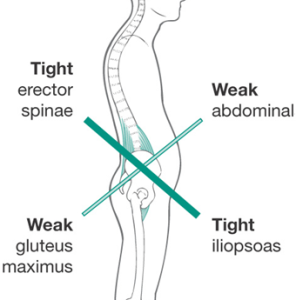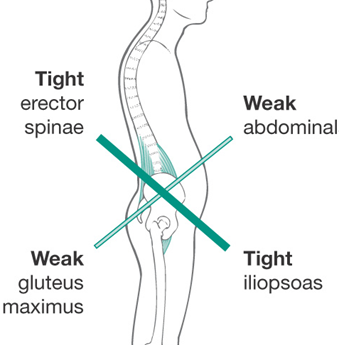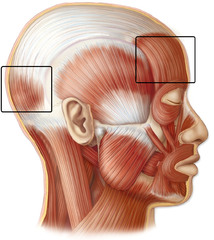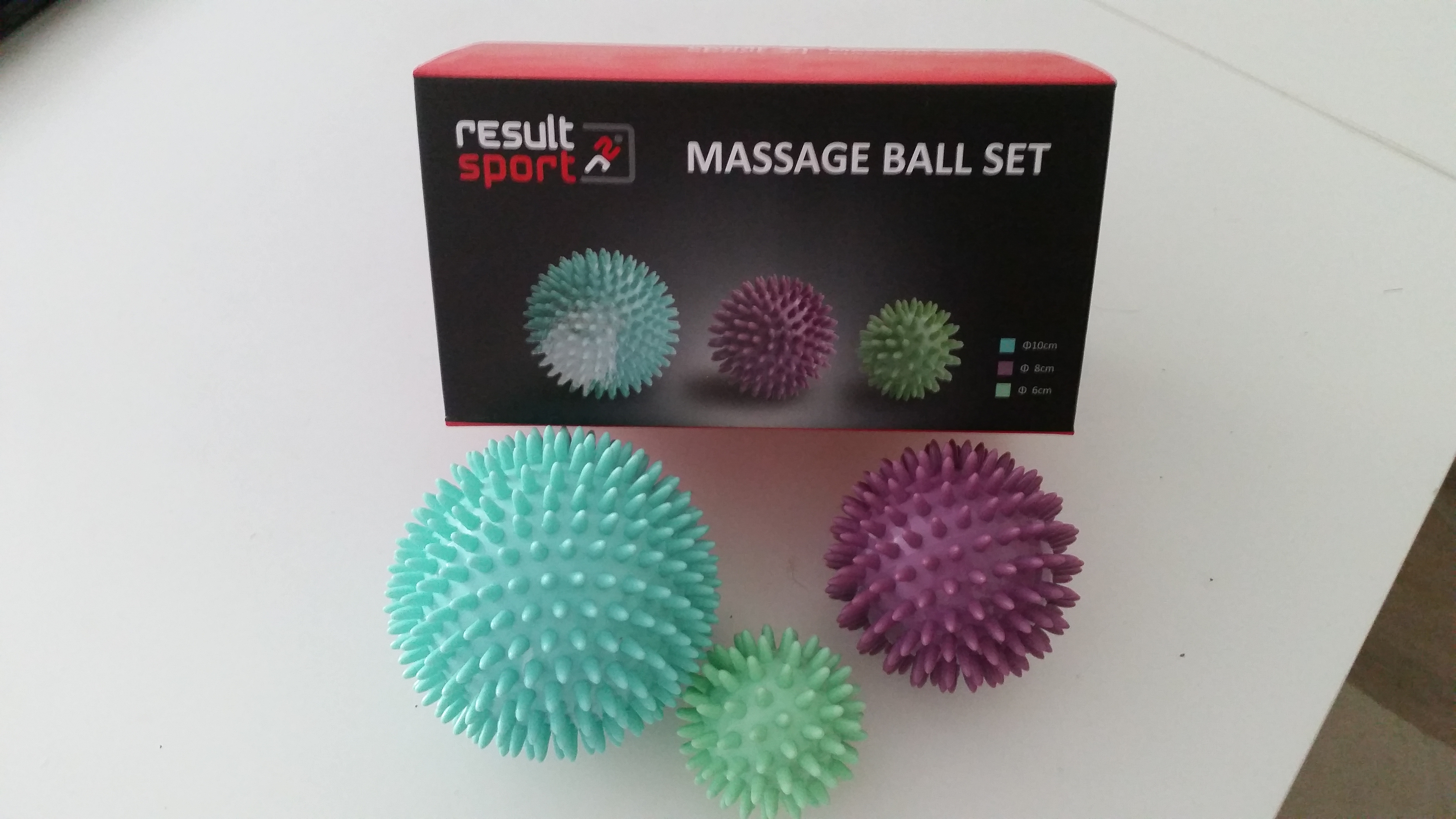So – what is stretching? Why would we stretch? When is stretching muscles most effective?
Well first of all – if you obtain treatment from a manual therapist such as a physiotherapist, chiropractor or osteopath they are very likely to ask you to stretch as part of the take-home advice that is given. Why?
The vast majority of patients that report with pain will have a degree of muscle tightness or even shortening. A very common finding in a patient is for them to have tight hip flexors. The hip flexors (ilio-psoas muscle, for example) are rarely ever held in a lengthened, or even neutral position. As a society we spend large amounts of our time sitting down, with our hips/legs at 90 degrees or even less. The hip flexors are held in a shortened position for 8+ hours a day. Over time, the body (which is a great conservator of energy) shortens the muscle and we end up with a shortened set of hip flexors. When we get up to walk – the iliopsoas muscle, which is attached to the lower back pulls on the spine with increased force, and puts increased forward shear forces onto the lumbar spine. Now, this may not be the sole cause of someone’s back pain (or spine pain), but it will definitely be a contributing factor. If the patient proceeds to gently, slowly but surely (and often) stretch their hip flexors, lengthening them and reducing the load on the lumbar spine, their symptoms will most likely improve. An osteopath will often also work into the iliopsoas muscle itself, which would help things along. The image below should help with visualising this example:
 The original image appears on http://www.runtothefinish.com/2014/05/exercises-to-correct-tight-hip-flexors.html
The original image appears on http://www.runtothefinish.com/2014/05/exercises-to-correct-tight-hip-flexors.html
The rest of the musculoskeletal system has a huge role to play in any injury. A person could have a problem in their wrist or elbow. The mechanism of injury as well as the potential healing and rehabilitation will be deeply affected by structures that are directly connected (such as the shoulder joint and spinal segments), as well as structures that are indirectly connected (the hip, knee, ankle or foot). With all these diverse structures playing a role in the injury mechanics – it’s no surprise that an osteopath might ask you to stretch your hip flexors or other muscles when you come in and see them for either a neck problem, shoulder problem or even some RSI in the wrist.
Now – how to actually stretch? I’m not going to address this in this post, because there are many wonderful books, online articles, videos, etc available that can cover this in fantastic detail. One such book is “Becoming a supple Leopard” by Dr Kelly Starrett and Glen Cordoza. It’s a thick hardback book which contains hundreds of pages of colour photos of different stretches to different muscles utilising thera-bands, gym balls, boxes, and so on. It’s a reference guide that I often peruse. I often teach specific stretches to patients who would find the stretches appropriate and helpful to their recovery, or athletes who need some extra help. There is more than one way to stretch any given muscle, some positions may put the back (or other structure) under undue stress, which may actually be counter-productive to recovery. At this point I would recommend a variation on a stretch that is appropriate to the patient’s body and injury and proceed to teach this to the patient as part of a take-home regimen aimed at helping them recover.
A question that is often asked is “when should I stretch, before or after exercise?” There’s a multitude of pages online that address this question – for example the NHS website: http://www.nhs.uk/Livewell/fitness/Pages/Do-I-need-to-stretch-before-or-after-a-run-or-sports-and-exercise.aspx. My views on stretch timing are echoed on this webpage, the best time for stretching is when the muscles are warm and pliable. This is often just after exercise, while you’re still warm and the muscles have just been stimulated by the nervous system and used. Furthermore, research suggests that stretching before a workout (which is still sadly a common practice) is all but useless on all fronts, and “is unlikely to reduce your risk of injury, improve your performance or prevent sore muscles”. So there you have it.


